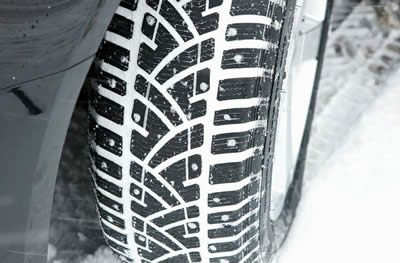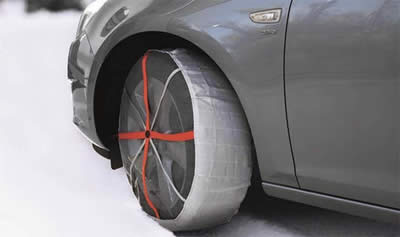Shorter daylight hours and bad weather can make driving in winter dangerous. A little preparation will help you get the most out of your car, but ask yourself, do you really need to make the journey?
Getting Your Car Ready
Before you set off
-

Plan your route according to the driving conditions
- Make sure your wipers are in good nick
- Clean your windows inside and out
- Top up the washer fluid with winter strength screen wash which has a freeze-resistant additive
- Check last year’s scraper and de-icer are up to the job
- Check your tyres, especially the tread depth. For optimum safety opt for at least 3mm instead of the legal minimum of 1.6mm
- Check all lights
- Pack an emergency kit – high-viz jacket, food and water, boots, de-icer, scraper, torch, shovel and charged mobile phone with your breakdown emergency number
- If you are on regular medication, take enough with you in case you get delayed
Once you set off
- Use the ‘ice’ setting if your car has one
- Make sure your wipers are in the off position when you stop – they can freeze to the window
- Slow down and accelerate smoothly and gradually
- Drive in the highest gear possible, starting off in second
- Make sure you can stop within the distance you can see to be clear
- Increase your following distance by ten times even if you have ABS
- Light steering and reduced road noise could mean you are driving on ice
- Frost, ice and snow remain for longer under trees, on bridges, and in areas exposed to wind
Tyres, Snow Socks & Chains
In countries where severe winters are guaranteed, it is quite normal for drivers to switch to winter tyres. This is becoming more common in the UK because of harsh winters over the last two years.
Winter tyres
 Don’t rely just on your tyres – always drive so you don’t need to make an emergency stop
Don’t rely just on your tyres – always drive so you don’t need to make an emergency stop
- If you want to fit winter tyres, do it as early as possible to beat the rush. By the time the snow hits they will be difficult to find
- Winter tyres have a different tread pattern to give better grip on snow and use a winter grade rubber which stays flexible and maintains grip to well below freezing
- Winter tyres have a snowflake on a mountain as a symbol on the sidewall
- Winter tyres are not suitable for all year round – regular tyres give better performance when temperatures are higher
- Keep your tread depths up to 3mm instead of the legal minimum of 1.6mm
Snow socks
 An alternative is snow socks which are made of a strong fabric which grips snow – they stretch to fit over the tyre
An alternative is snow socks which are made of a strong fabric which grips snow – they stretch to fit over the tyre- These can be used with standard tyres and they fit quite easily into a corner of the boot, or corner of the garden shed in summer
- Socks should be washed as soon as is practical after use to get rid of dirt and salt that will otherwise damage them
- Snow socks are cheaper to buy than chains, and will give sufficient grip for most snowy conditions in the UK
Chains
- Snow chains can be fitted when required, but must be removed when the snow is gone
- Chains increase the width of the tyre and can affect the suspension, brakes and wheel arches on a turn, so check suitability in your handbook or with your local dealer
- Expect to pay around £50 for a set of economy chains to carry in the boot for emergencies, and up to a couple of hundred pounds for a heavy duty set suitable for regular use
- Chains should be washed as soon as is practical after use to get rid of dirt and salt that will otherwise damage them